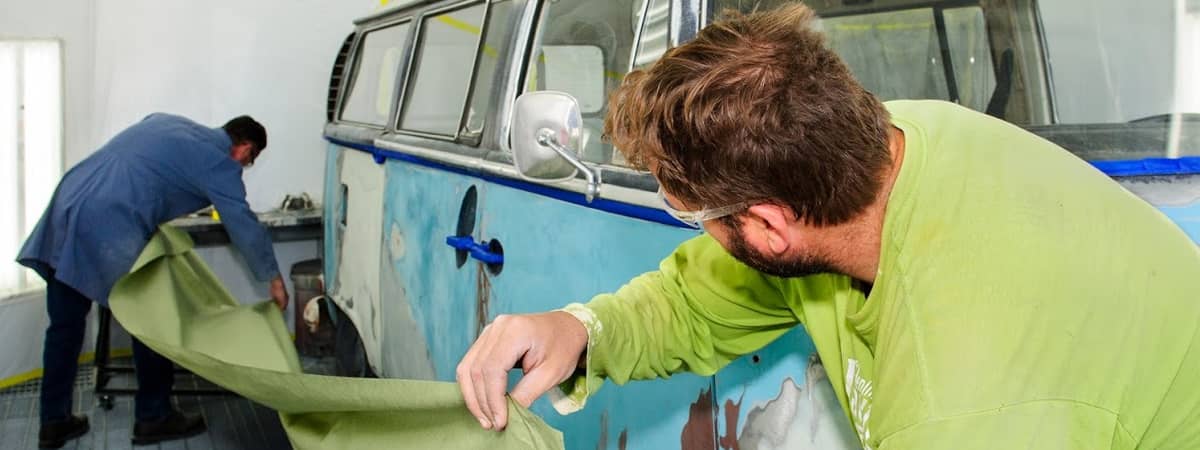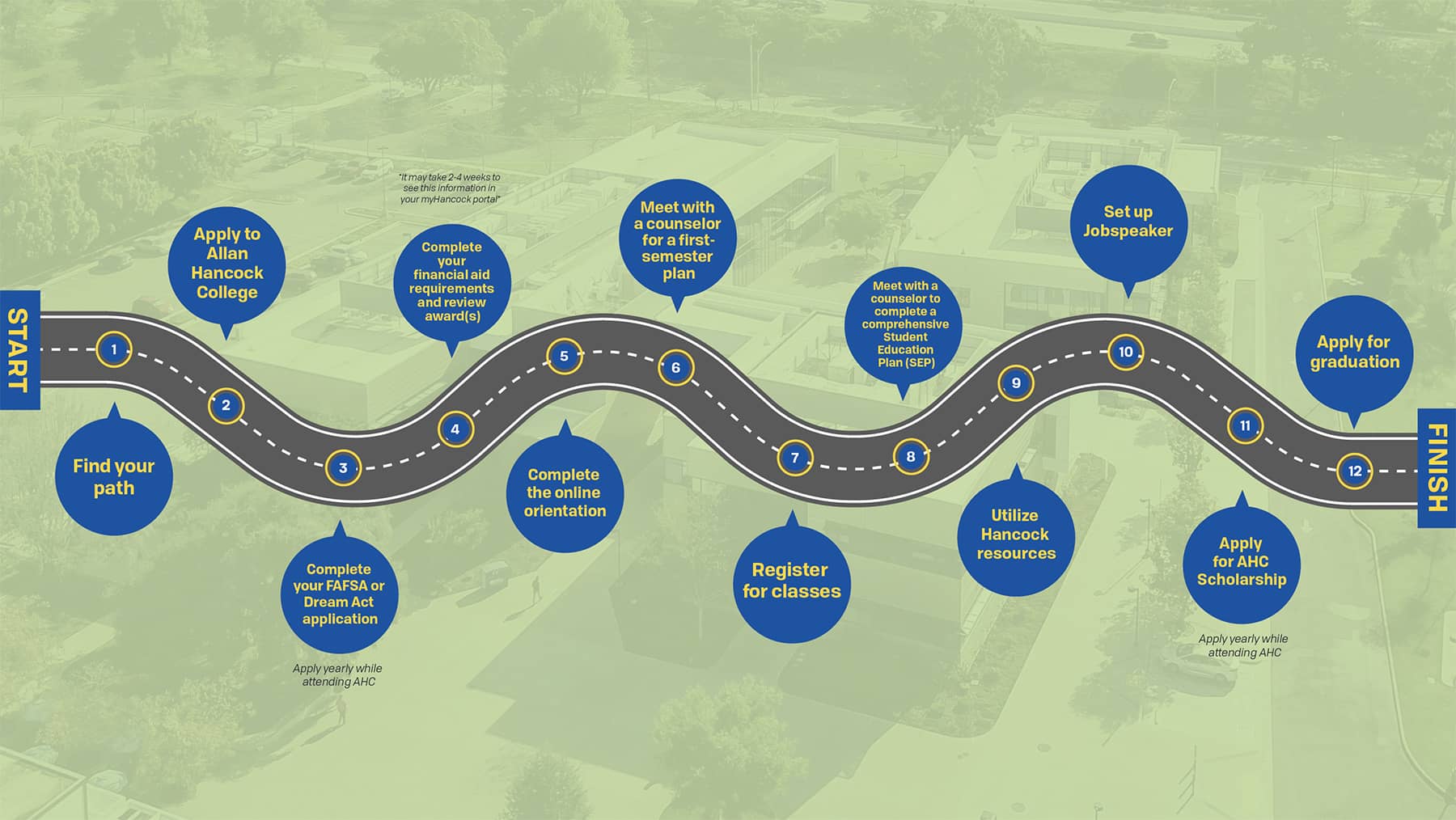Are you a car lover? Would you enjoy learning how to repair, resurface, and paint vehicles using state-of-the-art equipment? If so, turn your passion for cars into a career with our auto body technology program!
Allan Hancock College’s auto body technology program will teach students to master the emerging technologies while using state-of-the-art equipment to repair collision damage, correct structural frame damage, prepare vehicle surfaces for painting, and perform spot and complete paint jobs. Courses are taught by industry professionals with real-world experience and prepare students to become entry-level body technicians with the math, reading, writing, and computer skills they need to succeed in the automotive body and paint repair field.
Graduates of the program are ready to secure jobs in the collision industry, including careers as detailers, paint preppers/polishers, painters, body technicians, quality control inspectors, estimators, and parts managers.
This program will help you to:
- develop, practice, and apply good work and safety habits while in the auto body workplace
- apply vehicle service information skills to evaluate major damage and implement repair procedures
- develop work skills, involving plastic filler application, metal finishing, frame alignment, MIG welding, and structural repair
- refinish vehicles using modern urethane paints and primers
- learn estimating processes used in the collision industry
- develop occupational skills including teamwork, work habits, ethics, and communication skills
Degrees and Certificates Offered
Each program has unique requirements. The order in which you take courses may affect your completion time. Visit the links below to view the program requirements and a general semester-by-semester course schedule.
Associate in Science- Auto Body Technology
Certificate of Accomplishment- Auto Body Refinishing
Certificate of Achievement- Auto Body Metal
To view all available degrees and certificates visit the Allan Hancock College course catalog.
Programs you may also be interested in exploring:
- Automotive Technology
- Electronic Technology
- Machining and Manufacturing Technology
- Welding Technology
Contact Information
Administrative Assistant II
Alyssa Alvarez
805-922-6966 ext. 3335
Department Chair
Saad Sadig
805-922-6966 ext. 3488
ssadig@hancockcollege.edu
Dean, Academic Affairs
Thomas Lamica
805-922-6966 ext. 3261
thomas.lamica@hancockcollege.edu
LOCATION
Santa Maria Campus
Bldg. O, Room 101
805-922-6966 ext. 3335


